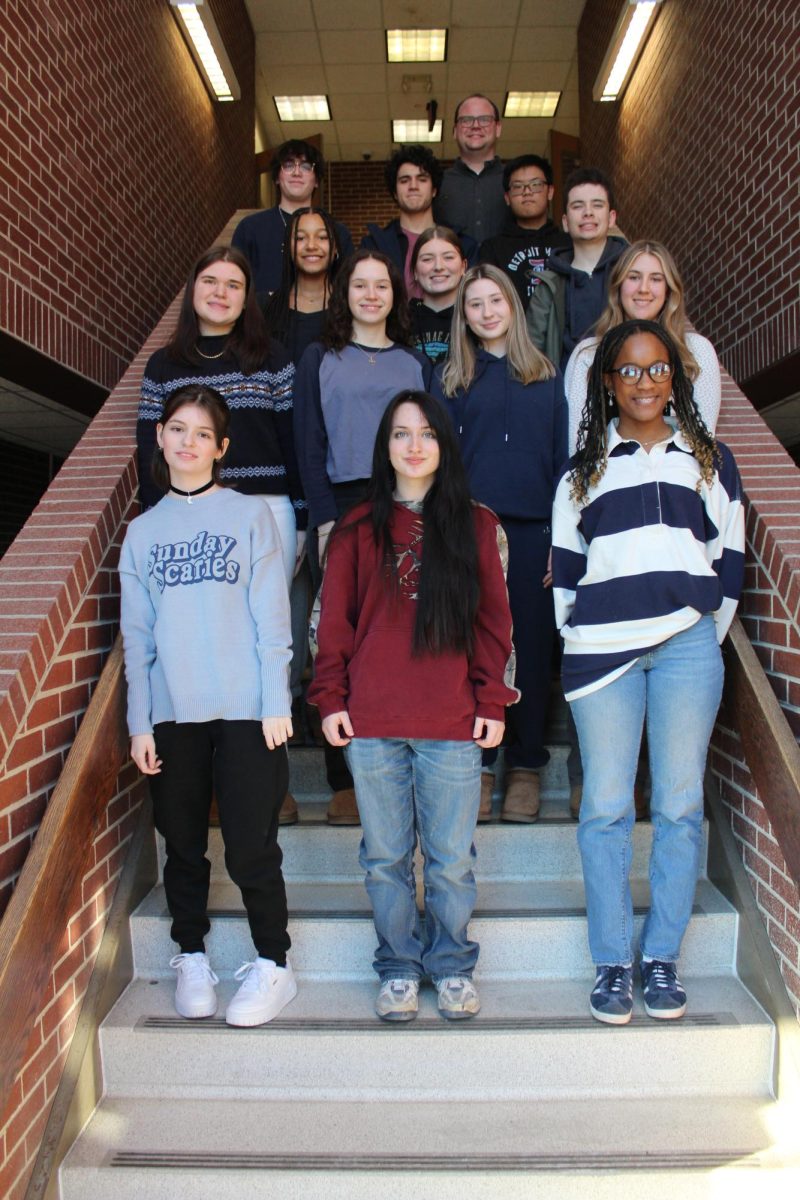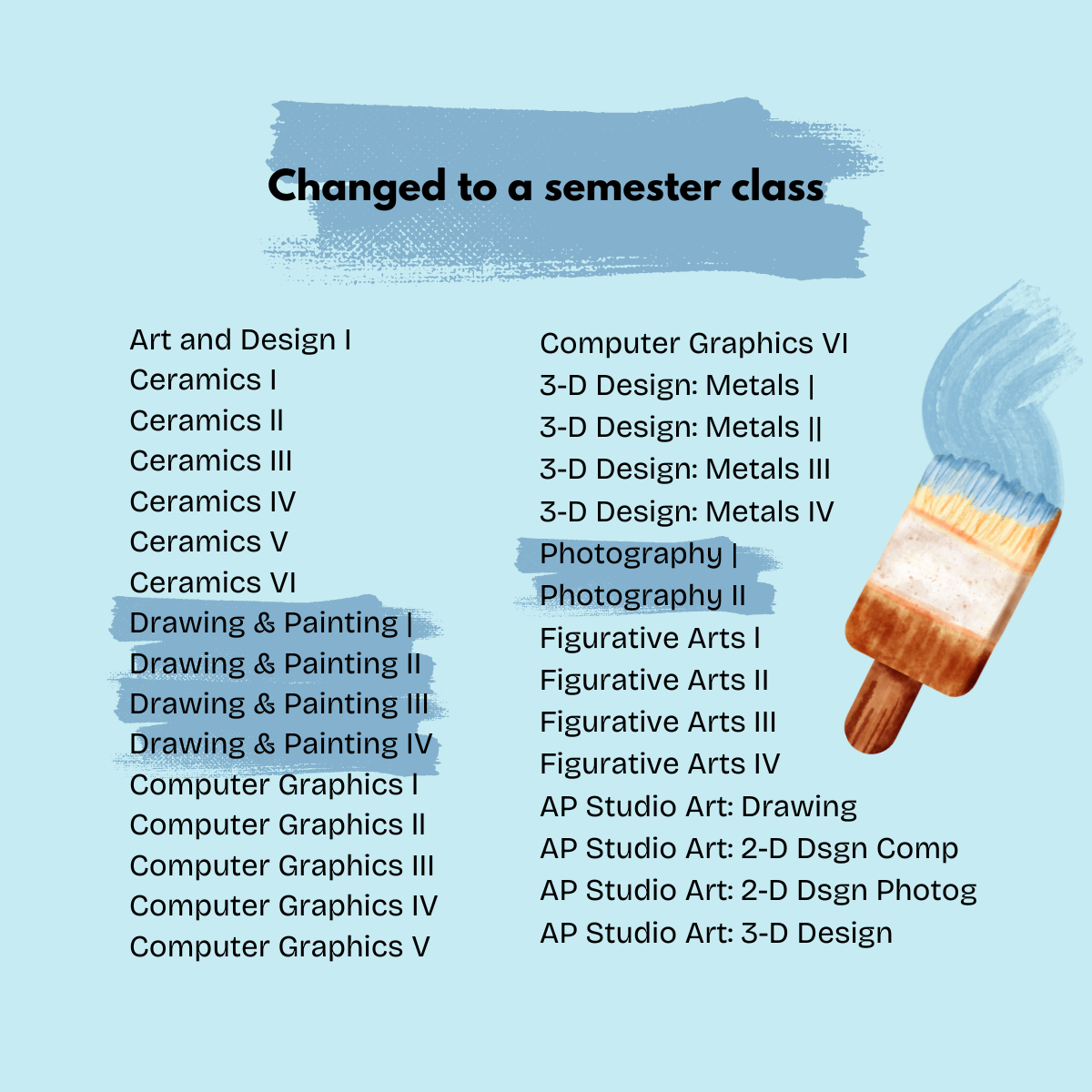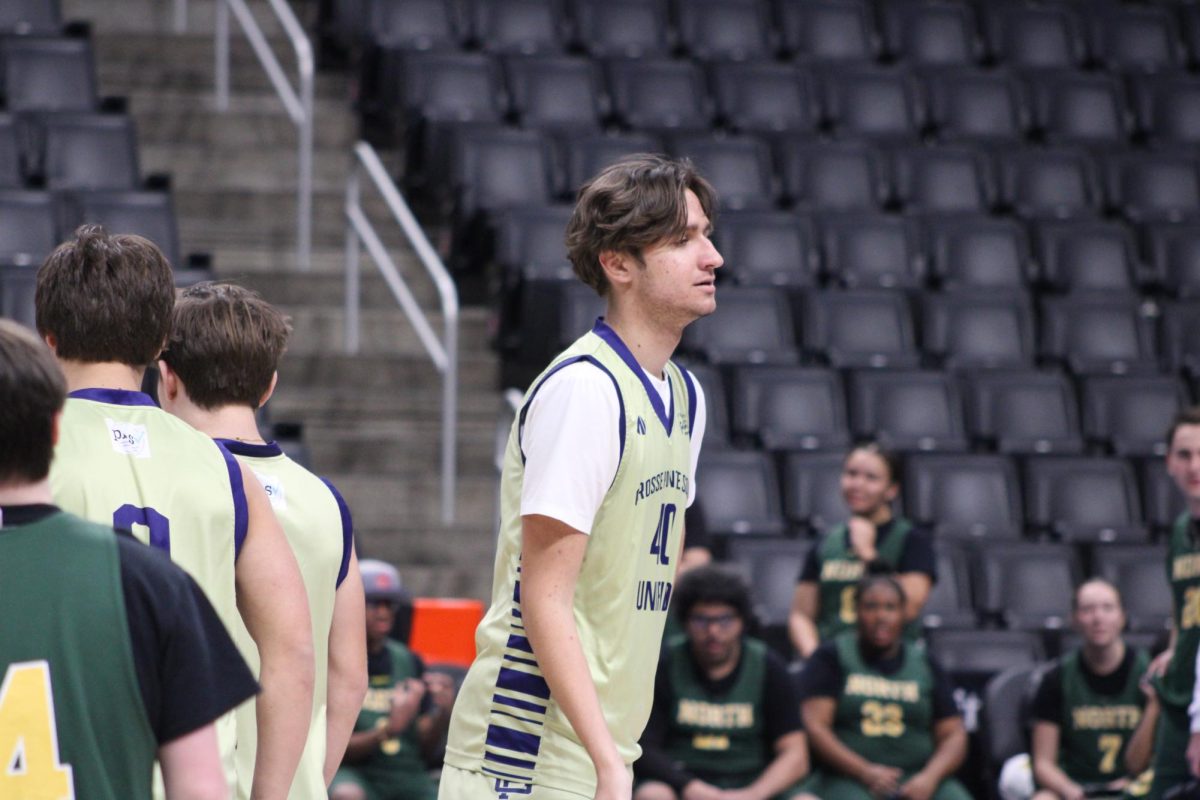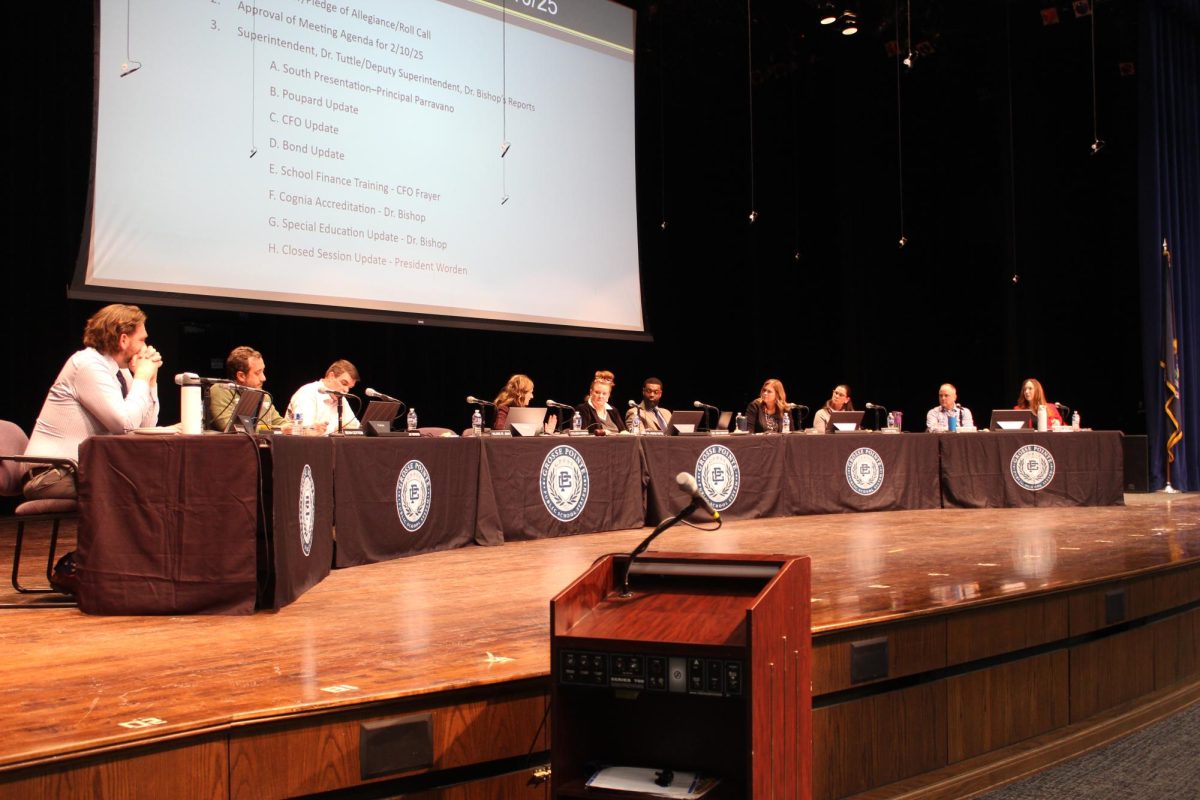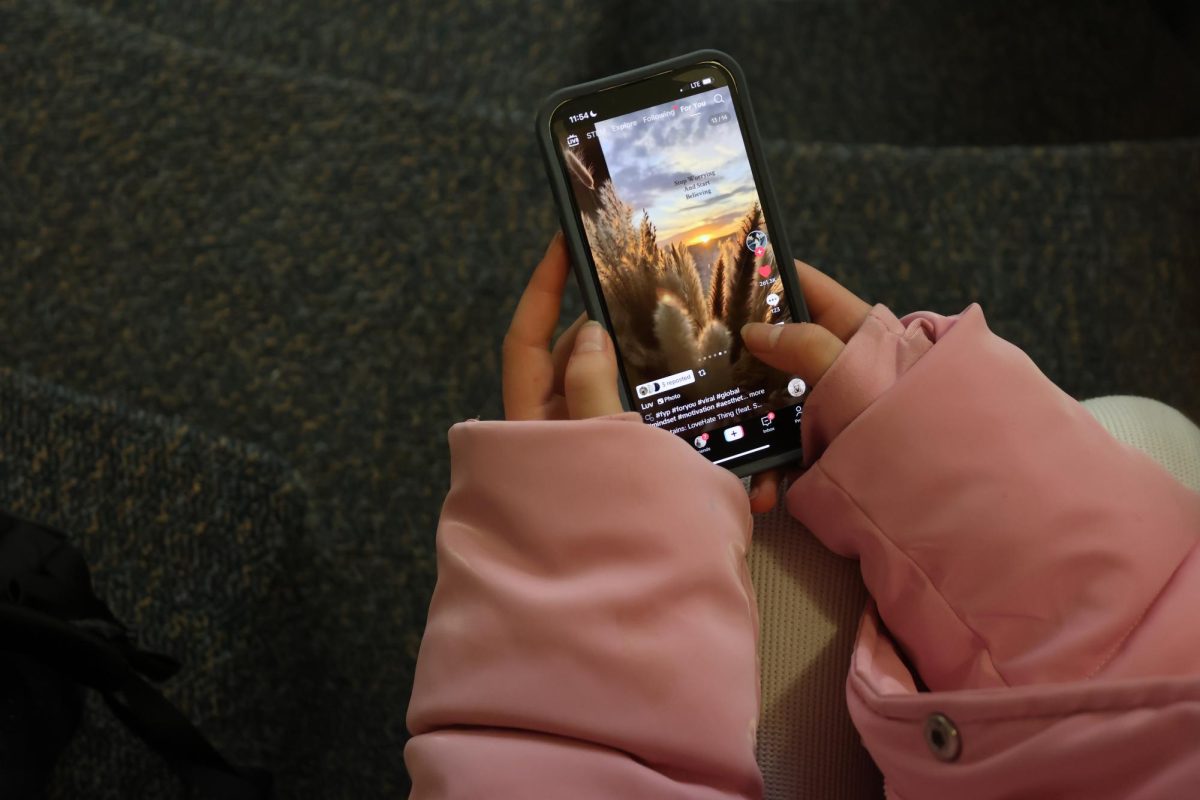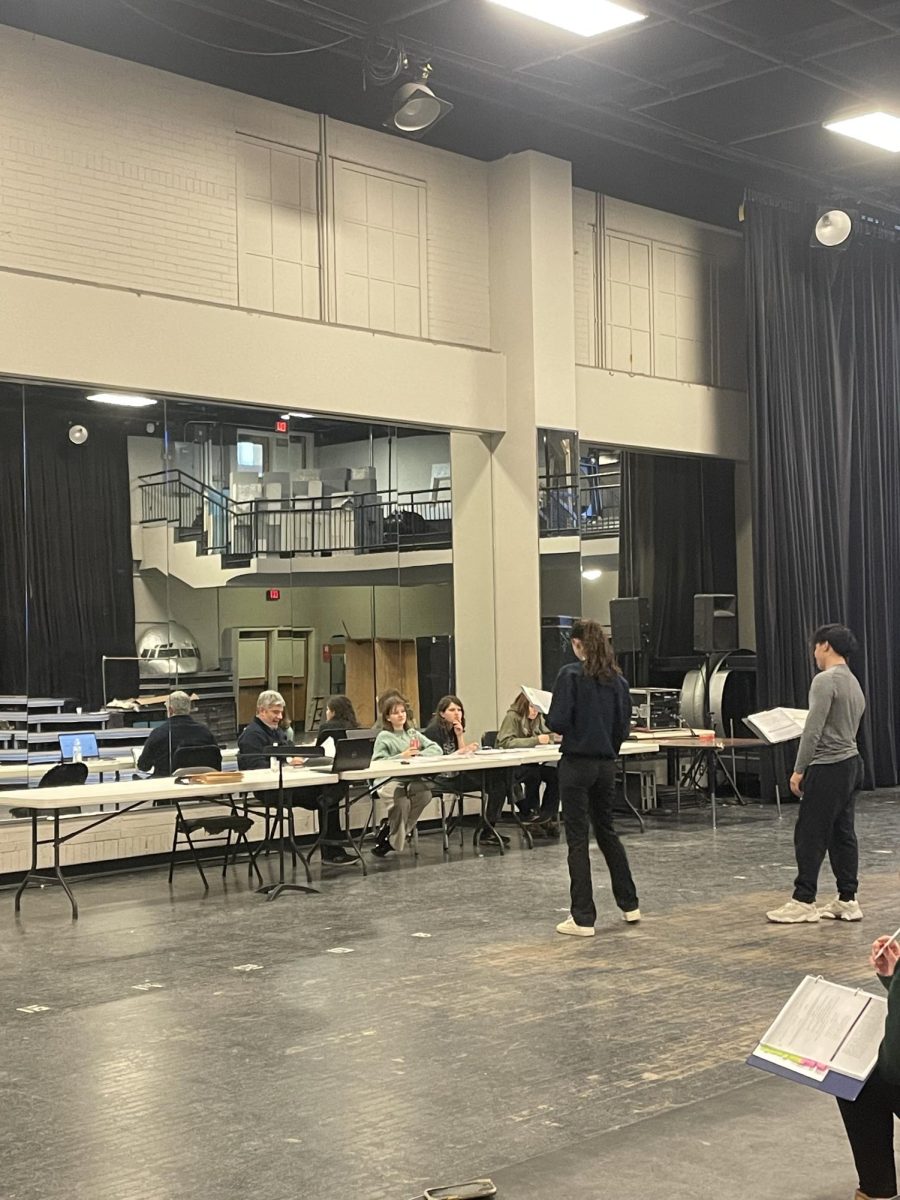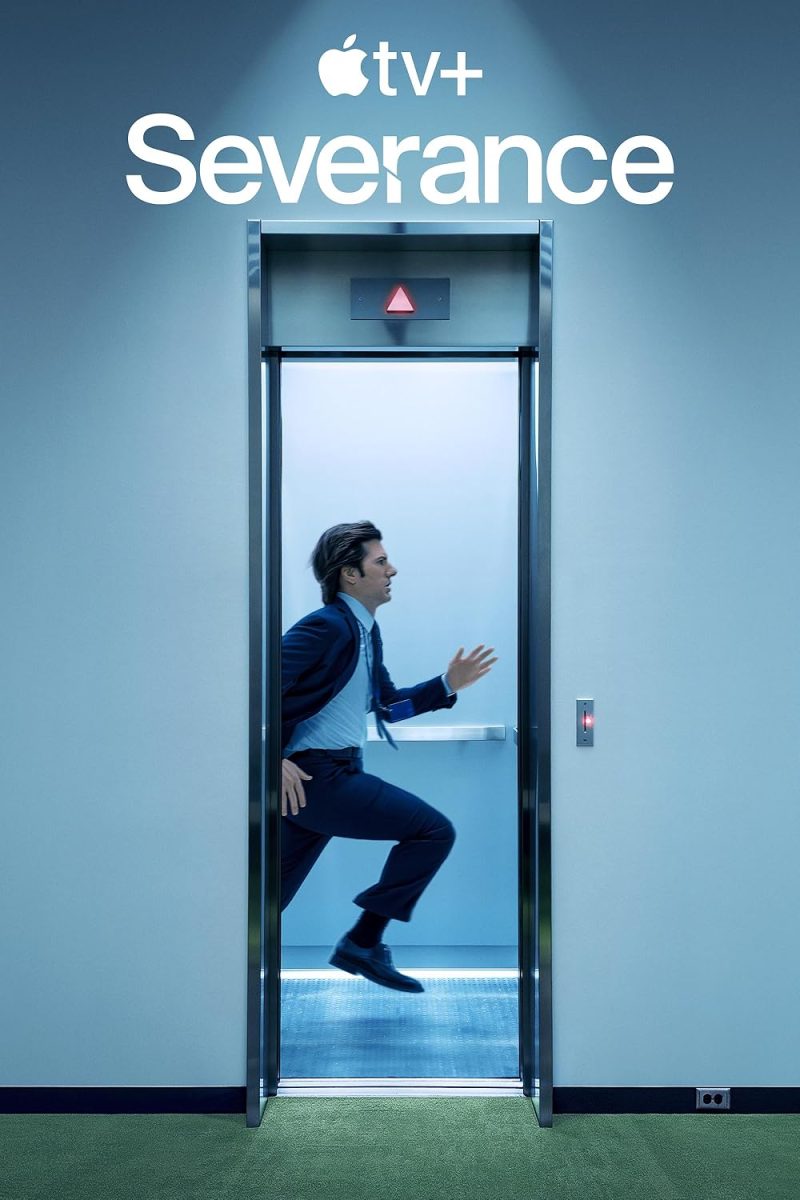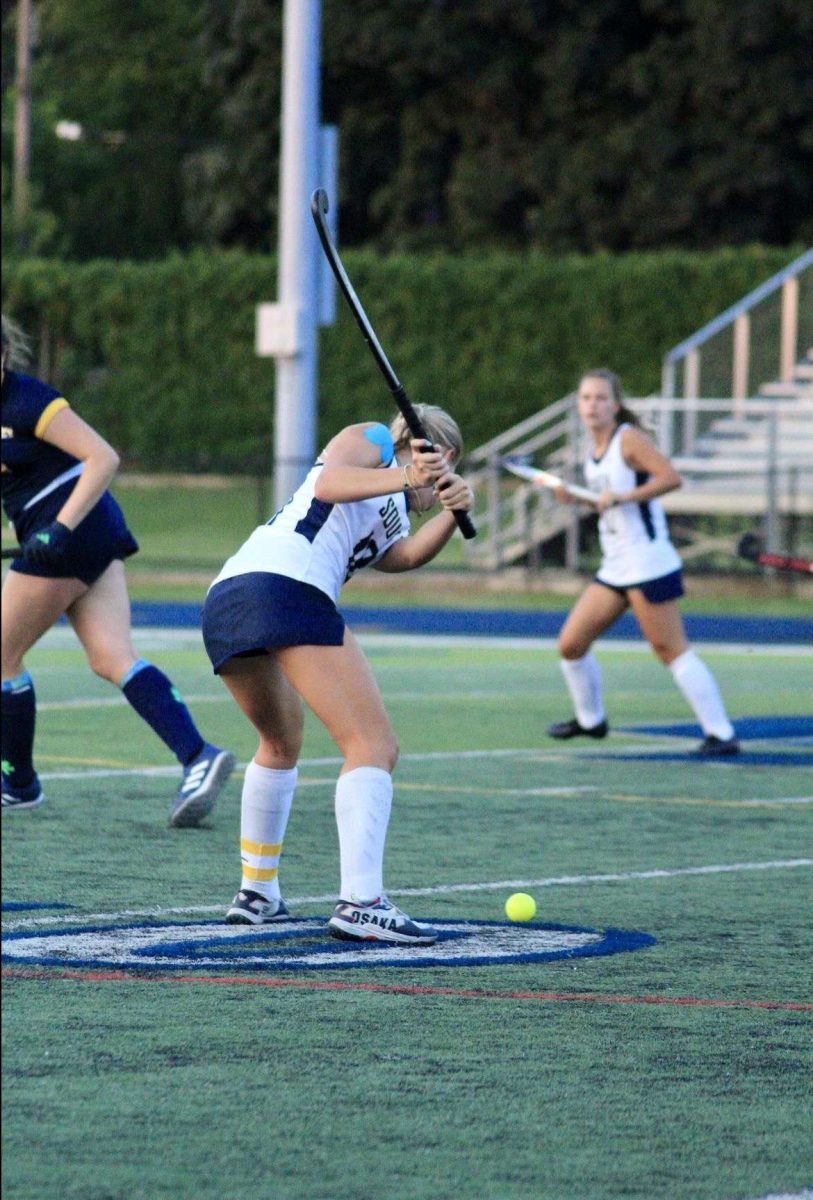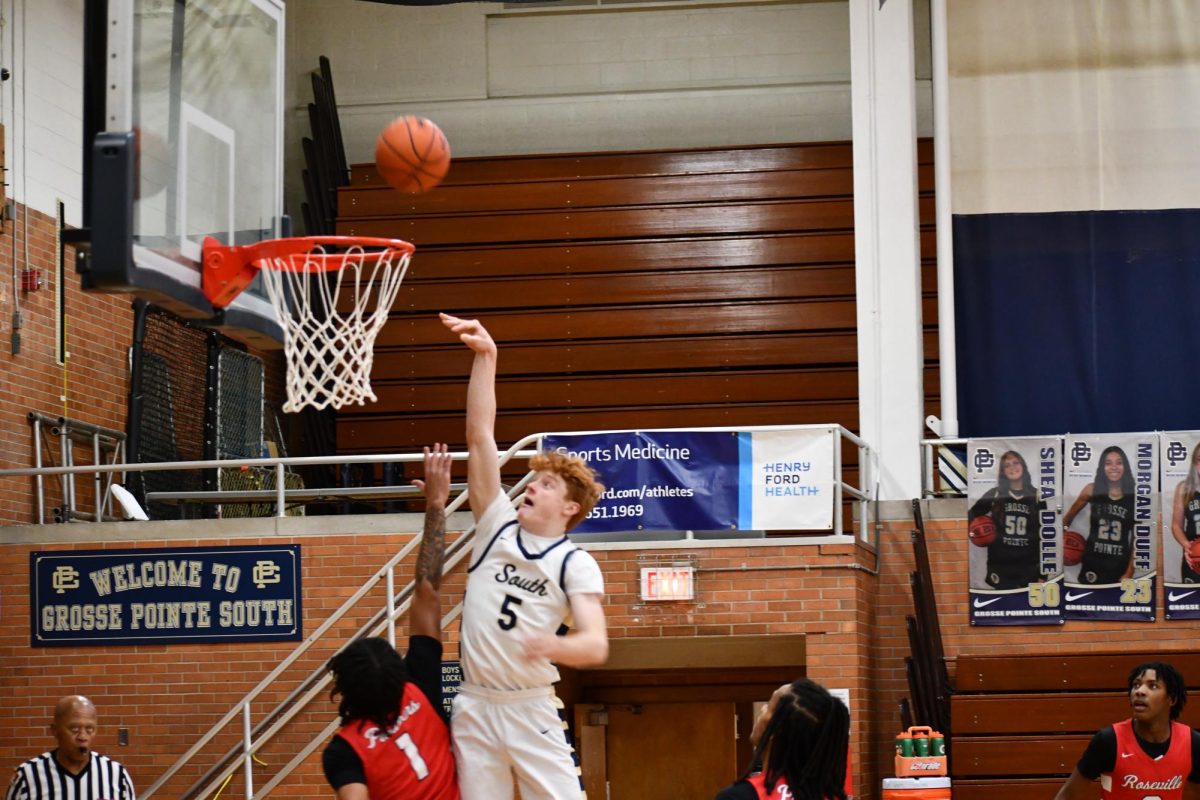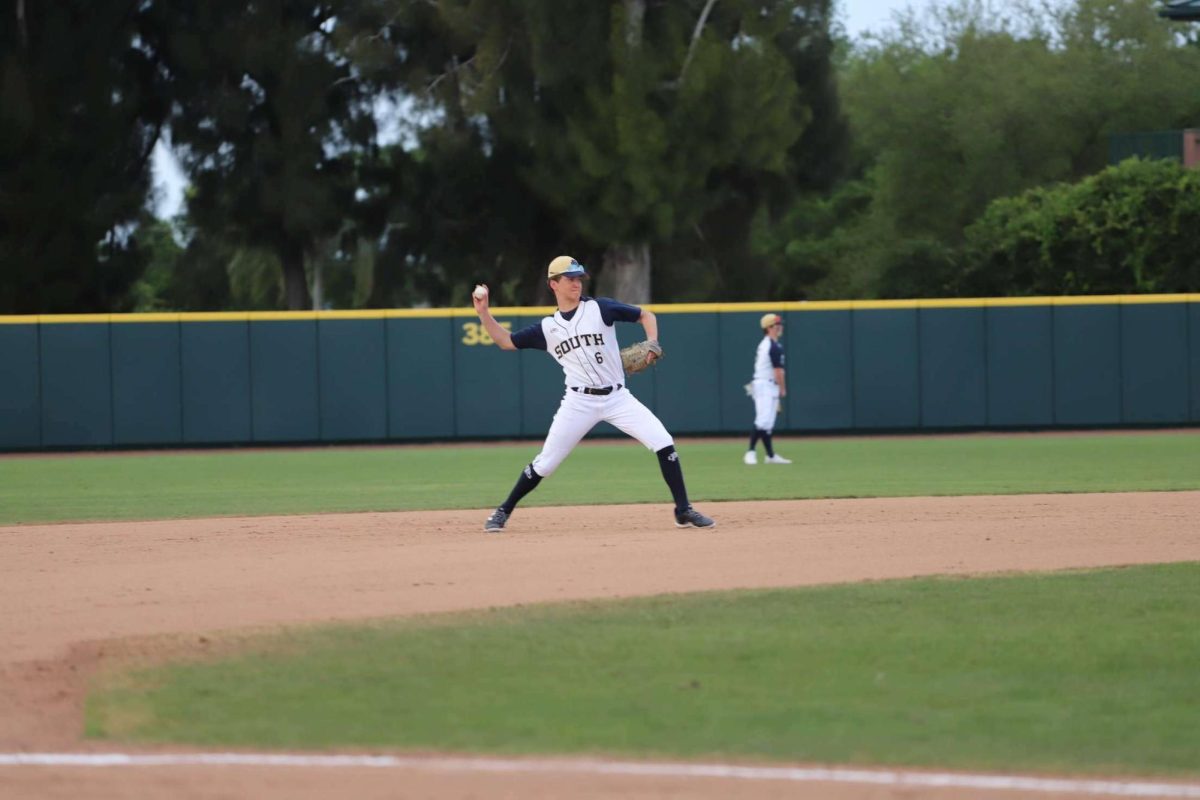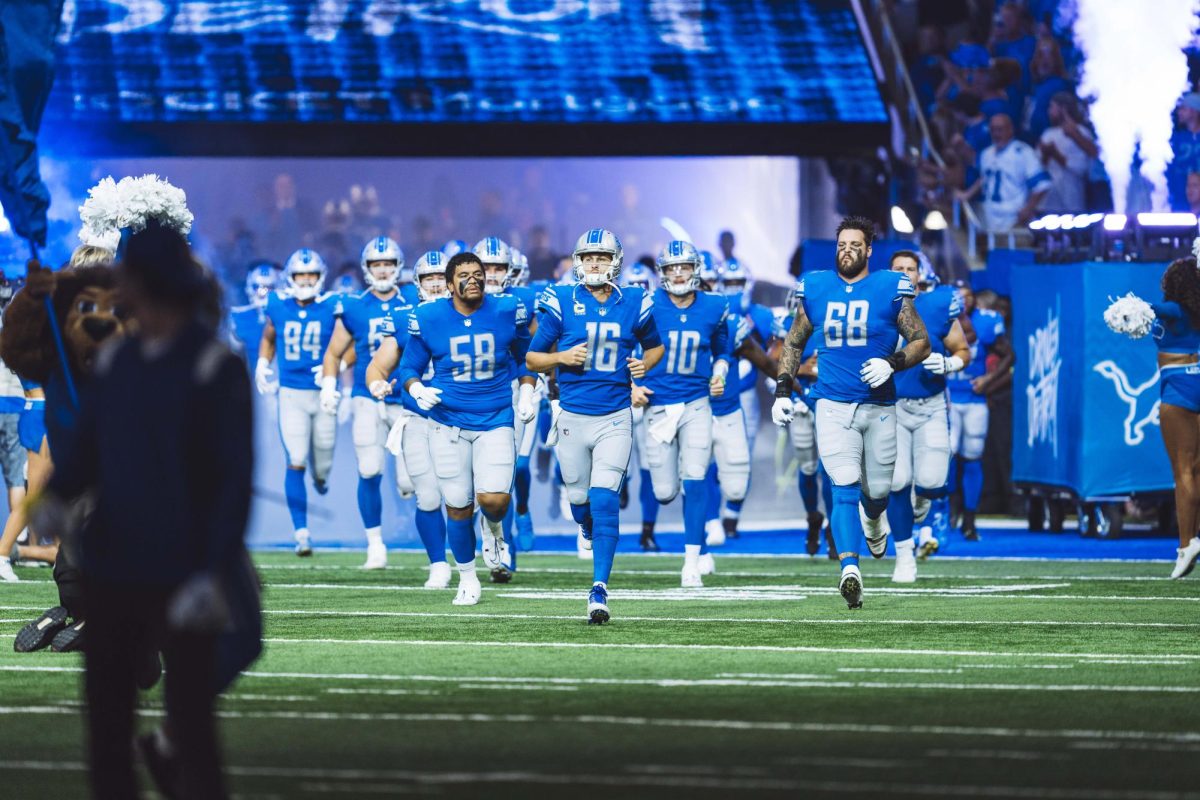Many students join sports to be active and spend time with friends, but for some students, the expectations are too high. Connie Bedsworth ’25 participates in varsity cheerleading and varsity lacrosse but said one is harder to balance than the other.
“Both teams and coaches have the same expectations for effort, but I think lacrosse is more demanding than cheerleading,” Bedsworth said. “Since I’m a junior, I have a lot of homework and studying I need to do, but we have two hour practices everyday, so I don’t have enough time for my academics.”
Bedsworth said she needs more time for academics, but multi-sport athlete Jack Lupo ’25 said he thinks differently. Lupo participates in varsity football and varsity baseball and has a packed schedule.
“Our practices, on average, are two hours, and I think that’s the right amount of time because we can get everything done in those two hours,” Lupo said. “On the weekdays, practice and games usually take up two or three hours, depending on how far away the game is, but I still make time for school work after.”
Student-athletes have a lot to manage, so having an understanding coach is really important. Many students are taking rigorous classes that require hours of homework a night on top of practice or games. Bella Deveroux ’24 plays varsity soccer and said she believes that, when you commit to a sport, you need to show up for the team.
“I think that it depends on the coach and their flexibility with letting players leave early or miss practice sometimes because of prior commitments or school; however, if somebody makes the choice to play a sport, they should commit to it because, in the end, it was their choice to join the team,” said Deveroux.
Many students are taking AP classes like Isabella Starks ’26, who is on the swim and track teams and takes AP U.S. History. Taking an AP course involves long homework assignments, studying for tests, essays and taking the AP test, which many students need time to study in advance.
“Our track practices are only one and a half hours and swim practice is either two or two and a half hours,” Starks said. “I don’t think it’s too much because we use our time wisely and we can get a lot done in that time. We do stuff together outside of practice but not an excessive amount and it helps the team.”
These students all do different sports and their practices are about the same length in time. Some students think they have enough time for homework and others are struggling to get it done doing extracurricular activities.
“I wish the coaches would be more lenient with skipping practice or leaving early for school work,” Bedsworth said. “I also like to go to bed early and get enough sleep to be attentive and energetic for the next school day.”

